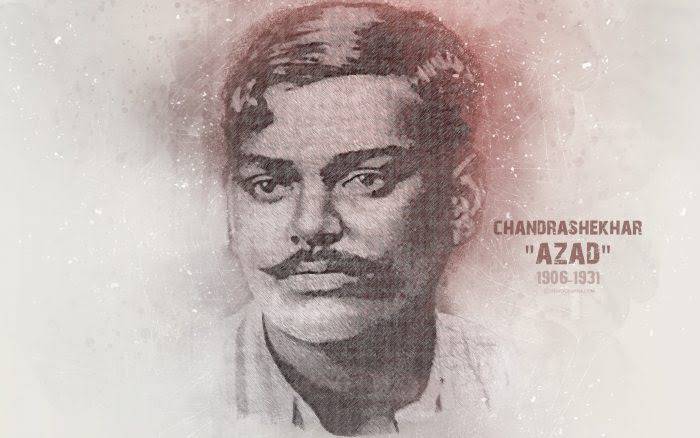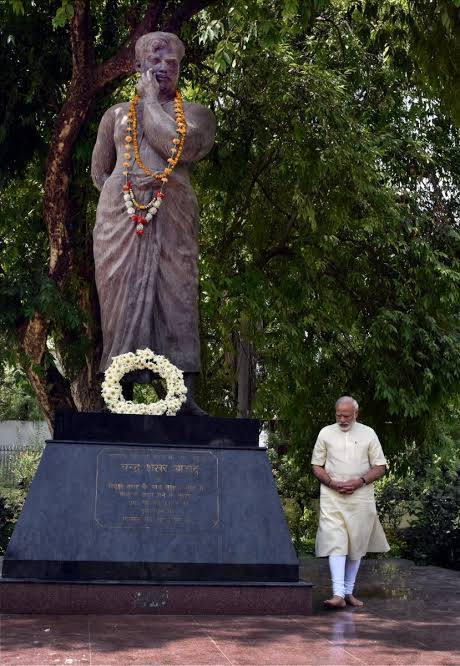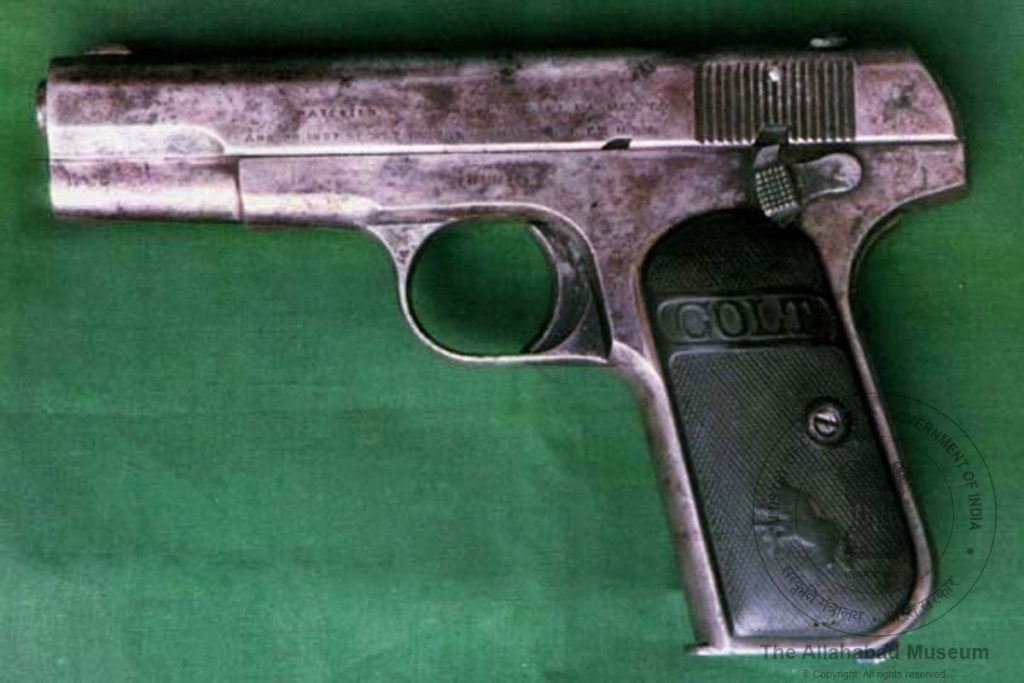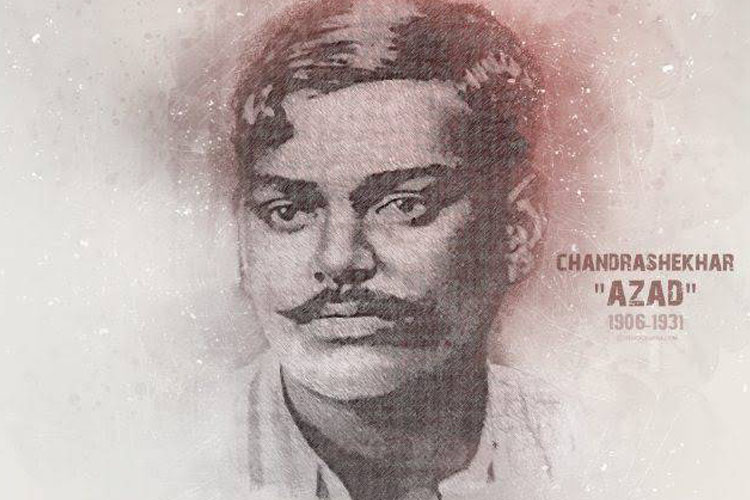Chandrashekhar Tiwari, popularly known as by his self-taken name Azad (“The Free”), was the quintessential firebrand Indian revolutionary who fiercely craved independence for his country.

His sheer patriotism and undisputed courage became the source of inspiration for many others like Bhagat Singh. He was also known as the revolutionary face of the country and was the founder of the Hindustan Socialist Republican Association, along with other freedom fighters like Sukhdev and Rajguru.
He embraced martyrdom like an old friend and inspired a fierce sense of nationalism in the hearts of his contemporaries.

‘Azad’ was born on 23 July 1906 in the Jujhautiya Brahmins family of Pandit Sitaram Tiwari and Jagrani Devi in Bhavra village, in present-day Alirajpur district of Madhya Pradesh. Originally his family hailed from the Unnao district of Uttar Pradesh. Chandra Shekhar grew up with Bhils who inhabited the area and learnt wrestling, swimming along with archery. He was an ardent follower of Lord Hanuman from a young age. He practiced javelin throwing and developed an enviable physique.
He became extremely popular after Kakori Rail Dacoity in 1925 and assassination of policeman John Saunders in year 1928. Bhagat Singh and Azad came together after the death of Lala Lajpat Rai. Azad trained Bhagat Singh and other young revolutionaries in underground activities.
On 27 February 1931, Azad went to meet one of his associates in Allahabad’s (Now Prayagraj) Alfred Park but soon was surrounded by the police. Clearly, he had been betrayed by one of his own. A gunfight followed, but there was no way Azad could have come out of it. Determined not to get arrested, he killed himself with the last bullet of his gun before the British could even touch him.
Azad’s file is still kept in the CID headquarters of Lucknow. The pistol which he used to shoot himself is preserved in the Allahabad Museum. Several movies have been made on him, like Rang De Basanti, Shaheed Bhagat Singh, among others.
Though he couldn’t live to see India free, his life was worth every bit of it.

Pistol of Chandrashekhar Azad
This is the pistol of Chandrashekhar Azad with which he fought his last encounter with British in the erstwhile Alfred Park area of Allahabad. This historic encounter took place on 27th Febuary 1931 at Allahabad. The gun, which was donated by Sir John Nott Bavar, is a one Colt automatic pistol of .32 bore/ caliber with a ten round magazine. It is rimless, smokeless patented in April 20, 1897.
It was manufactured by Colt Hart Fort CT USA in December 22, 1903. This pistol was brought from Lucknow museum in 03.07.1976 and was displayed in 19.07.1979 for the first time in Allahabad museum. Regarding this incident, an FIR had been registered in Curnelgunj Police Station, Allahabad dated 27.02.1931 againsed Shaheed (undecided) Chandrashekher Azad for the offence of stolen.
Source: http://museumsofindia.gov.in/



